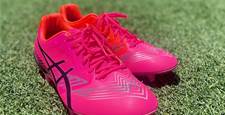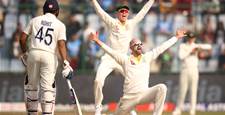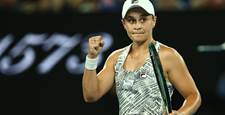Australia’s finest junior rhythmic gymnast is fighting a lack of understanding, funding and her own body to make it to the top. But as Saskia Broedelet explains, the struggle is the most exciting part.
In the early hours of the morning, while girls her age are rugged up in bed dreaming of distant careers and fleeting ambitions; Saskia Broedelet’s calloused feet are pounding the hard, blue rubber of a gymnastics mat in Brisbane’s southern suburbs.
The rhythmic gymnast spends up to seven hours a day on the punitive surface, her own hopes and dreams balancing on the precise angle of her toes, the craning of her neck or the flick of a ribbon.
The number-one ranked junior in Australia, Saskia demands near-perfection from her bruised joints and curved spine, and regularly achieves it. But in a few months, the 15-year-old will be plunged into the fiercely competitive world of senior gymnastics.
A world where the fight for threadbare funding and limited competition places turns friends into enemies, coaches into obstacles and the human body itself into a burdensome means to an end.
It’s a fight that none of her friends at school can comprehend. But Saskia can’t wait.
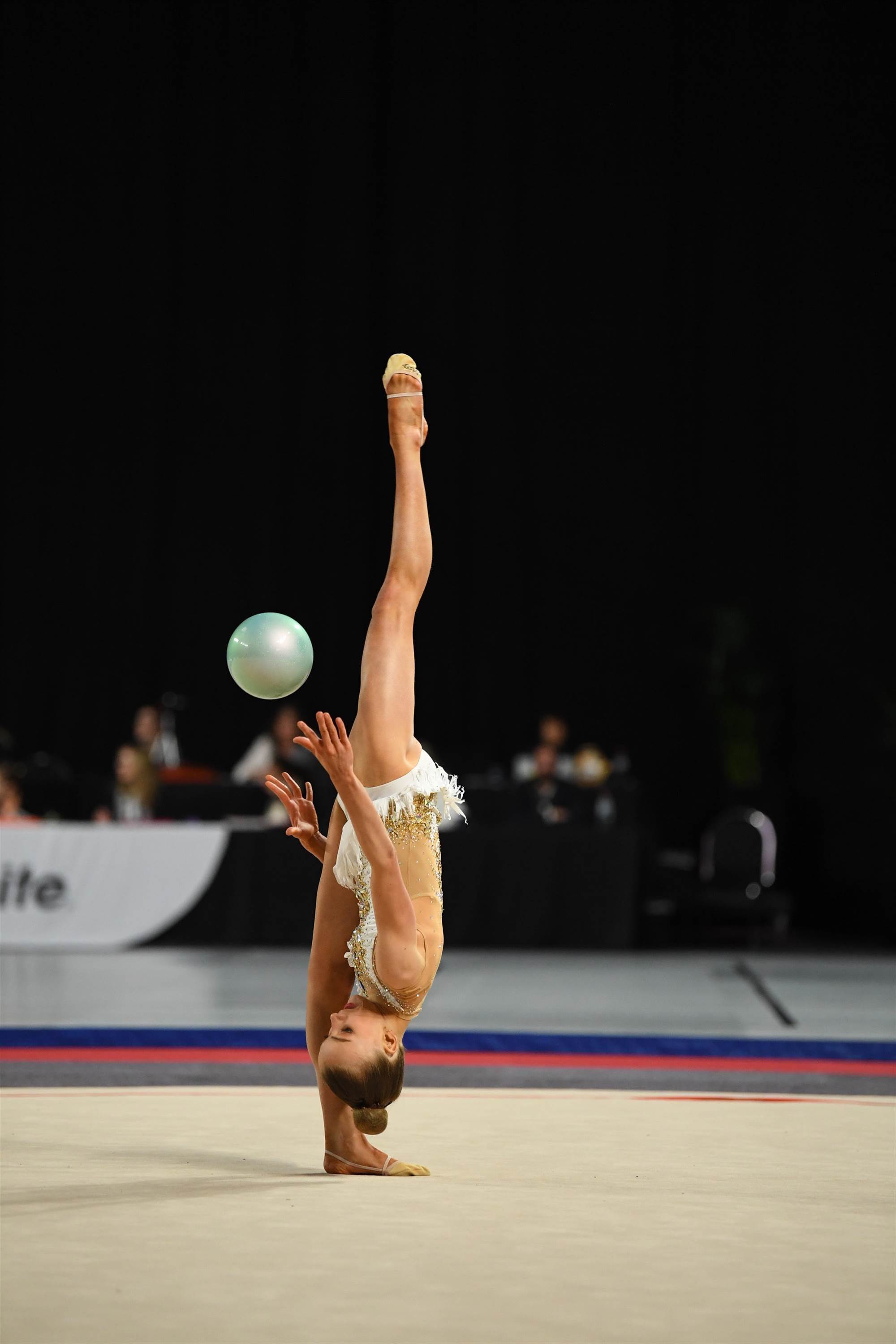
“Last year, just before I was supposed to trial for the World Championships, I dislocated my knee,” she says.
Saskia’s voice is bright and girlish, but with a serious undertone that makes you question whether you’re speaking to a teenager or an fully-grown woman; one who happens to say ‘like’ a lot.
“I had to have surgery because I had, like, meniscus damage and a part of the bone had chipped off, which they had to remove,” she continues. “Then I have scoliosis, which is just in the background of everything.
“After surgery it took me nearly three months to get back to training and I’d lost a lot of fitness, so I had to work even harder.
“It’s mentally straining – physical endurance is such a big part of gymnastics – but our mentality is so important. We have to catch everything, we can't drop or flinch.
“We can’t let it get to us.”
Related Articles

Matsuyama heartbroken by missing Olympic medal chance
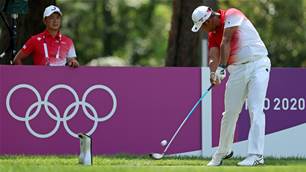
Ogilvy: “Not many work harder than Hideki.”
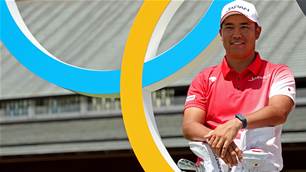
.jpg&h=600&w=850&c=0&s=1)




